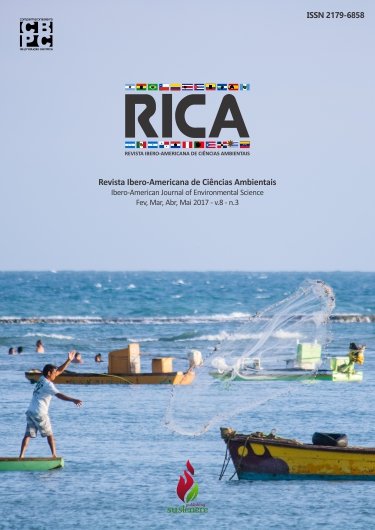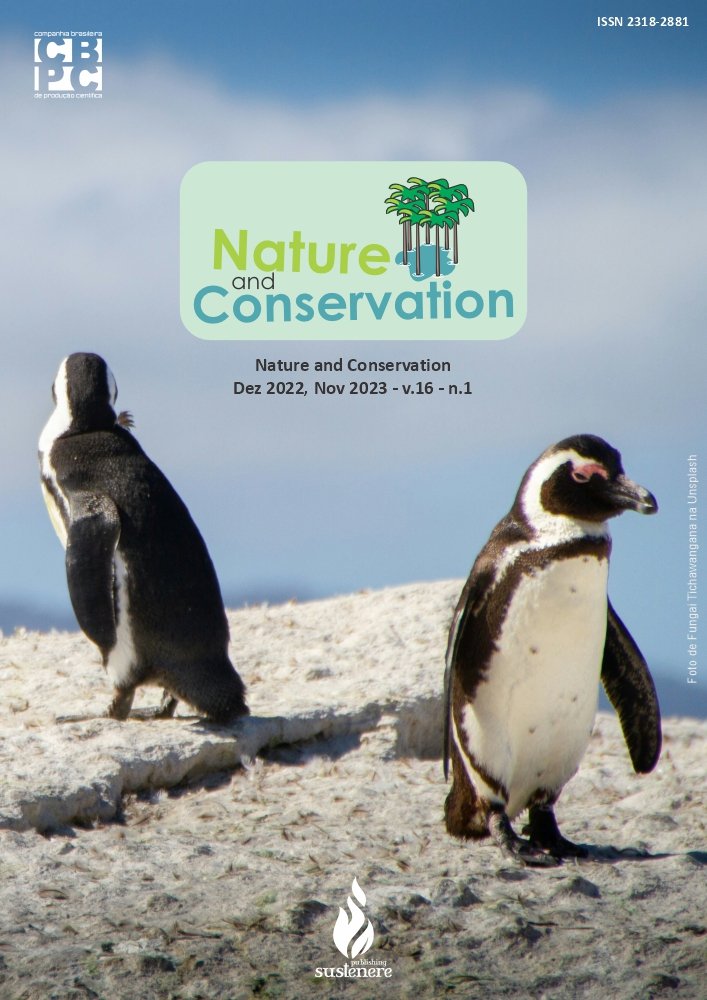Comparison of different indicators of biological community in Volta Grande reservoir, Grande River, MG/SP
DOI:
https://doi.org/10.6008/SPC2179-6858.2017.003.0006Keywords:
Bioindicators, Water Quality Index, Plankton, Zoobenthos, ReservoirsAbstract
Various components of biota react with more or less sensitivity to different types of anthropogenic impacts, showing, more realistically, the true state of water bodies. However, considering only one biotic community is often not enough to characterize the environment as a whole, because the result will be according to the particularities of the environment. The objective of this study was to compare biological community indicators in Volta Grande reservoir, Grande River, MG/SP, and its implications for water quality assessment. In the period from April 2013 to May 2015, nine sampling periods were collected in three transects of three stations each. At each station collected, physical-chemical parameters were sampled in addition to the phyto, zooplankton and benthic communities. The main water quality and biotics indexes were determined, being the correlated among them. Regarding the Trophic State Index, most of the calculated values occur below 47, upper limit for ultraoligotrophy, except thestation 4A that presented values of oligotrophy. Considering the phytoplankton community, the phytoflagellates of Cryptophyceae were the ones that most contributed to density, followed by Bacillariophyceae and Chlorophyceae. According to the Multiple Coefficient, these species associated with enriched environments indicated the eutrophy. For the zooplankton community, the Calanoida/Cyclopoida Ratio classified most of the transect 5 samples as oligotrophic. For transects 3 and 4, most of calculated valueswere below 1, classifying these stretches as meso-eutrophic. The BMWP index showed values between 1 and 29 for benthic organisms of Volta Grande reservoir, classifying the stations as bad or very bad. Only the correlation between Calanoida/Cyclopoida Ratio and BMWP/Minas was significant, however the coefficient was very low (-0.3476). Correlations between water quality indexes should be examined with caution, because depending on the range of variation of their classifications, low scores may indicate good water quality (such as TSI, Multiple Coefficient and Calanoida/Cyclopoida Ratio) or poor quality (as BMWP). Although the physical-chemical parameters classify the Volta Grande reservoir with good quality, the biological communities reflect an impacted environment. The comparison of biological community indicators in Volta Grande reservoir, allowed to conclude that the application of these indexes together results in a higher degree of assertiveness, since the physical-chemical quality of the water does not reflect the degradation of biological communities.
Downloads
Downloads
Published
Issue
Section
License
The CBPC - Companhia Brasileira de Produção Científica (Brazil CNPJ: 11.221.422/0001-03) the material rights of the published works. The rights relate to the publication of the work anywhere in the world, including rights to renewals, expansions and dissemination of the contribution, as well as other subsidiary rights. All electronically published works may subsequently be published in printed collections under the coordination of this company and / or its partners. The authors preserve the copyright, but are not allowed to publish the contribution in another medium, printed or digital, in Portuguese or in translation.









